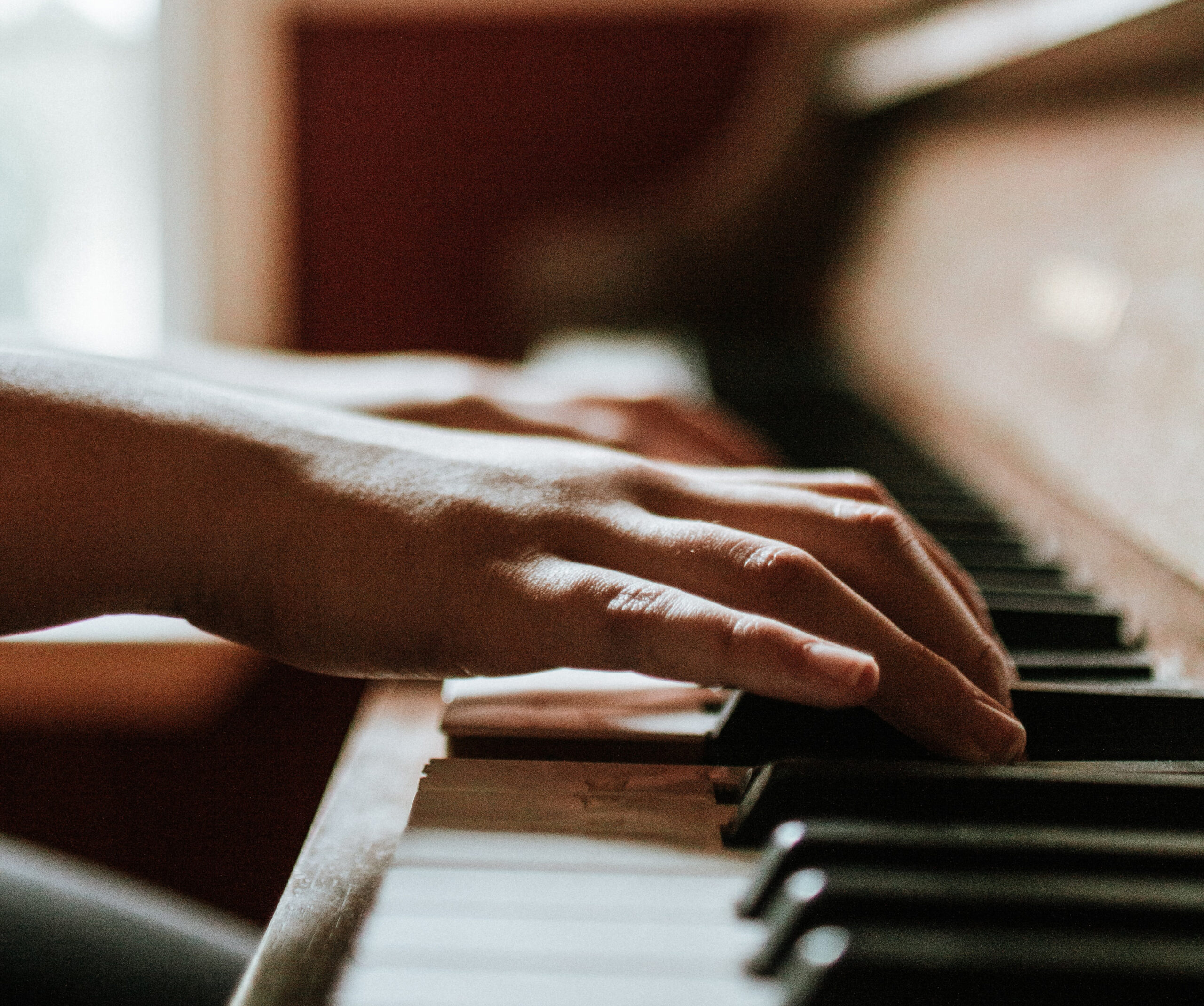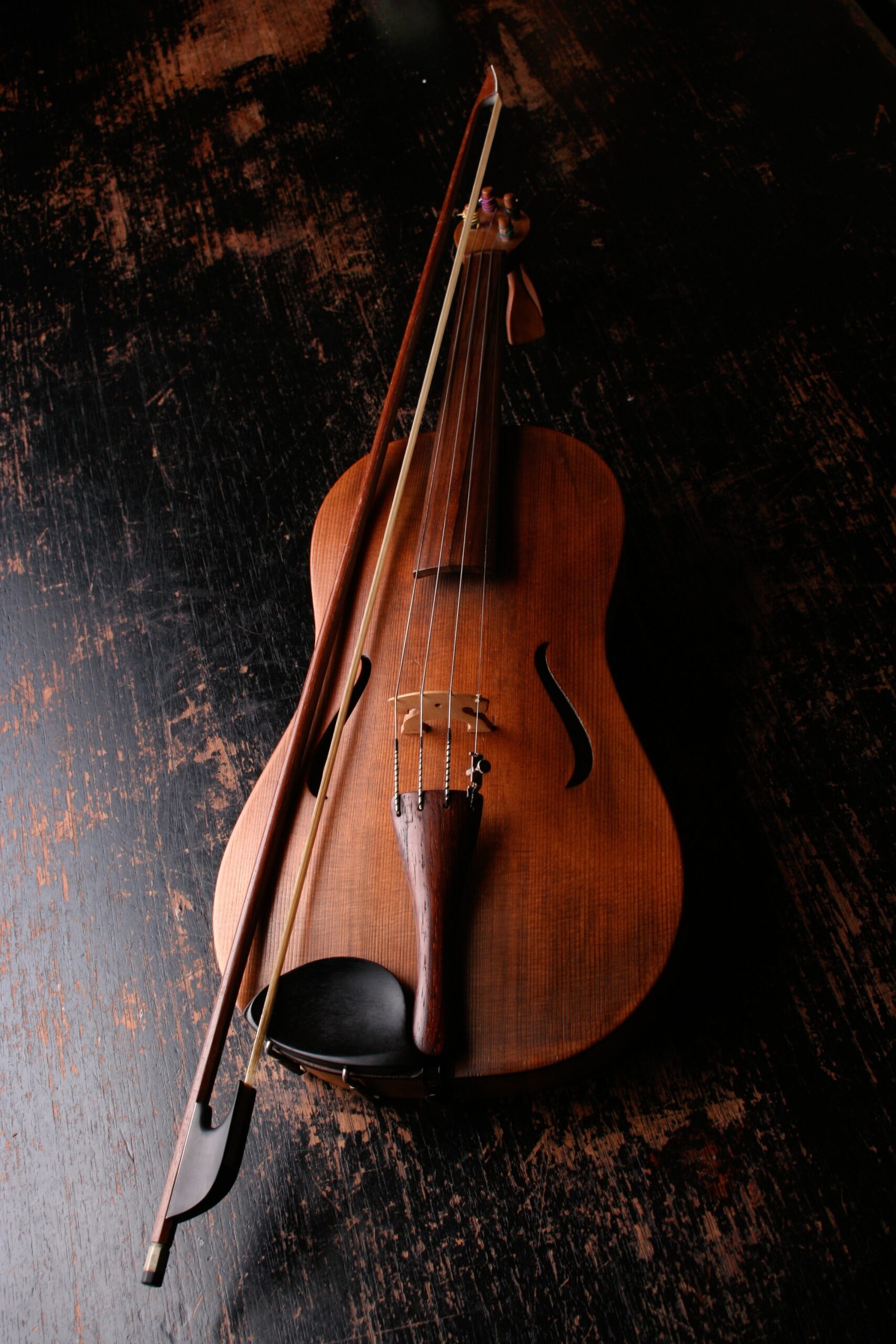Minimalist visual arts are the source of minimalist music, which is also known as reduced or minimal music.
Diatonic, pulse-driven, motionless, and austere are all characteristics of minimalist music.
The Evolution of Minimalist Music
This music was created in opposition to other musical genres, particularly serialism. This musical genre got its start in downtown New York in the late 1960s. American composers Tom Johnson and Michael Nyman helped establish minimalism. The New York Hypnotic School was once regarded as a type of experimental music, but it has now come to be known as a well-liked experimental music movement. The minimalist visual arts are what influenced this musical genre.
The forerunners in popularizing this music throughout the world include composers like Philip Glass, Steve Reich, Terry Riley, La Monte Young, and John Adams. Steve Reich experimented with the piano, violin, harmonium, and tape recording in addition to creating the phasing effect. As the earliest minimalist composers, La Monte Young and Terry Riley are well-known. The contributions Young has made to drone music are impressive.
Opera is a good example of a piece of minimalist music that may run for hours and contain thousands of notes. The average length of a minimalist song, however, is between 6 and 10 minutes. Drums, Marimbas, Sopranos, Guitars, Saxophones, Trumpets, Pianos, and tuned percussions are among the instruments frequently used by minimalist composers. Other instruments are also used in their experiments.
Minimalist music is often referred to as “trance music,” “hypnotic music,” “process music,” “modular music,” and “going-nowhere music.” Numerous composers of music have questioned the term “minimalist” and found it to be highly contentious.
Characteristics of Minimalist Music
1. Single Tone
One of the fundamental elements of minimalist music is the use of a static tone throughout an entire piece. The change from one scale to another is gradual and impractical.
2. Static Harmony
The harmony used in this song is typically straightforward and repeated. Staying on one chord or switching back and forth between a group of chords are examples of static harmony.
3. Steady Beat
The same rhythms are utilized throughout a song in minimalist music, or even drones might be employed in a similar way. This may be summed up simply as less rhythmic variety in the song.
4. Single Rhythm
The rhythm and pulse of many minimalist songs remain constant throughout the whole song. In minimalist music, when a composer utilizes two or more rhythms at once, the usage of polyrhythms is also a prevalent aspect.
5. Static Instrumentation
A specific ensemble, with all the instruments playing constantly, is frequently used by minimalist composers.
6. Phasing
Steve Reich popularized the phasing effect, which is when two distinct instruments perform the same musical passage at two different tempos. The tune changes as a result of the echo-like effect this makes with the first instrument performed.
7. Additive Process
Beginning with a repetitive pattern, minimalist music frequently adds one or two chords or rhythms later on. Typically, it takes the shape of 1+2, 1+2+3, and 1+2+3+4. Slowing down the current patterns is another approach to this.
8. Dynamics & Timbre
Different dynamics and timbre, or utilizing different instruments to play the same chord and altering the song’s loudness and softness, are how the differences in the music are created. It keeps the song from becoming boring and keeps it exciting.
9. Dense Texture
The sound quality of a song is determined by its texture. Basically, it refers to how harmonies, rhythms, and melodies are combined in a composition. The rich texture utilized in minimalist compositions lends the music a feeling of gravity.
10. Looping
Many minimalist pieces also employ this aspect. When a song is looped, a specific sound occurs repeatedly throughout the whole song.
11. Broken Chords
Broken chords are a common approach used by composers. This method involves playing a chord’s notes in a random pattern rather than all at once. One note may come after another note in this arrangement, or two notes may be followed by two more notes. Additionally, they can be performed in succession.
12. Brevity
Songs with a minimalistic style tend to be more silent and sparsely spoken.
Real melodies, such as those heard in love music, are absent from minimalist music, which also maintains only one impact throughout the whole composition.
Contributions of Minimalist Music to Other Musical Genres
Additionally, this music has influenced genres including Pop, Trance, Techno, Punk, Ambient, and Grime. Repetitive musical patterns have also been employed in Psychedelic Rock, Progressive Rock, Experimental Rock, Art Rock, and Alternative Rock. Several bands from various genres, including The Velvet Underground, The Soft Machine, Brian Eno, Spaceman 3, Explosions in the Sky, The Orb, Orbital, Underworld, and Aphex Twin, have employed minimalist music to organize their compositions.
Listening List
The songs listed below are timeless works created by the finest minimalist composers of all time. You may recognize the defining characteristics of minimalist music by listening to these tracks.
- Piano Phase and Violin Phase by Steve Reich
- Clapping Music by Steve Reich
- Glasswork by Philip Glass
- Einstein On the Beach by Philip Glass
- Nixon in China by John Adams
- Church of Anthrax by Terry Riley
- The Cusp of Magic by Terry Riley
- Second Dream by La Monte Young
- Trio for Strings by La Monte Young
Observing how minimalist music has evolved into one of the most well-known genres of experimental music may be rather intriguing. Even while minimalist music sometimes comes out as monotonous and boring, it may also be fun to listen to. As a result, when listening to minimalist music, you ought to concentrate more on the overall effect than the individual sounds. In contrast to other genres of music, this song has a distinctive atmosphere. You won’t be moved to dance, but you’ll probably start tapping your feet.
Why is Minimalist Music Good in Movies?
A piece of minimalist film music is something that employs a repeating rhythm and pattern, some of which are protracted and others which are rapid and neurotic, but which are still vital to a film. A simple soundtrack may have a limitless amount of impact on a movie, oftentimes having a greater emotional impact on the audience than the activities on the screen.
How can Minimalist Music Fit into Movies?
A piece of minimalist film music is something that employs a repeating rhythm and pattern, some of which are protracted and others which are short and neurotic, but which are still significant to a movie. It only makes sense for the music to accompany a movie that emphasizes the little things to follow suit.




